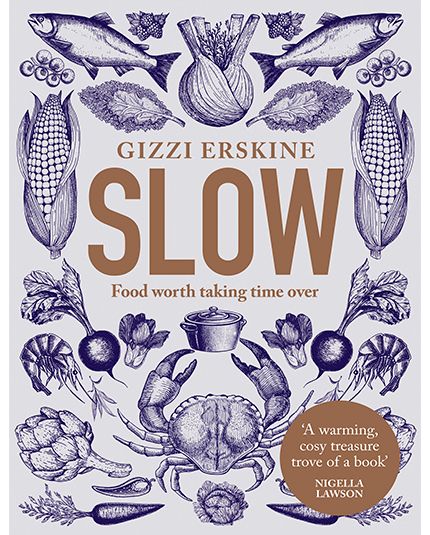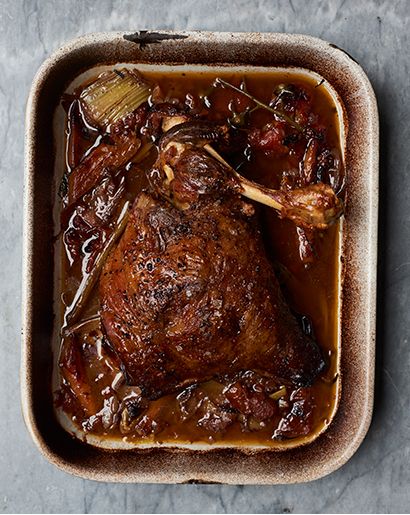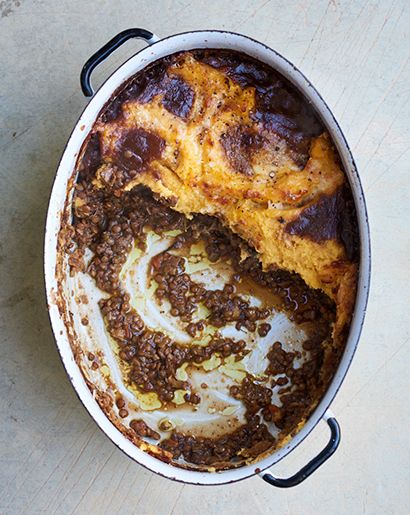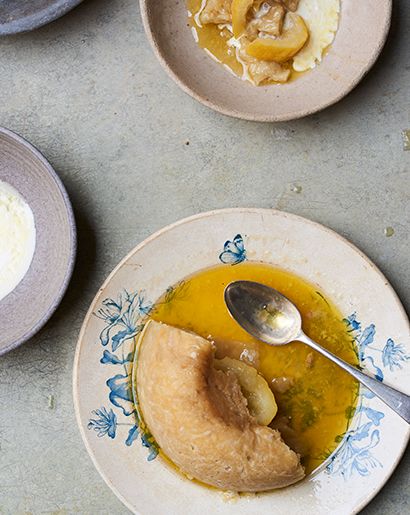
“Cooking shouldn’t just be about the final result – it should be about the whole experience. I want to inspire you to get stuck in and enjoy the techniques”
We’re more time-poor than ever these days, but for food writer Gizzi Erskine, cooking is an excuse to break the pace of modern life. In her new book, Slow, she encourages readers to embrace the time it takes to braise, bake, poach and roast delicious dishes.
“Sometimes I feel out of sync with the modern approach to cooking,” explains Gizzi. “It seems to be all about valuing convenience over quality. Our obsession with ease and speed puts us in danger of failing to appreciate the joy of process.” From intensely flavoured miso ramen to crab linguine, butter masala curry and lemon meringue pie, Gizzi’s globe-spanning recipes are well worth the effort.
When it comes to cooking, says Gizzi, we should appreciate “what it means to pour love and care into the food we are making. It shouldn’t just be about the final result, but the whole experience.” Of course, she admits this isn’t always possible during a manic working week. ”But I guarantee that a well-spent Saturday afternoon in the kitchen, investing in the perfect stew or ragu, is attainable.”
Get started with the three wintry recipes below. Try a tender slow-roasted lamb shoulder, inspired by a traditional dish from Mallorca. “The meat just falls off the bone, and the most wonderful natural sauce is made from the cooking juices and the wine,” says Gizzi.
Veggies need not miss out on hearty dishes, meanwhile, thanks to the food writer’s mushroom and lentil shepherd’s pie. “I’ve used dried mushrooms, mushroom stock and Marmite,” she says, “which are all rammed with umami flavours, and bring that meaty equilibrium back to the dish.”
For dessert, Gizzi is on a mission to bring back an old-school English favourite: Sussex pond pudding, which she tops with double cream. “I couldn’t not include this classic in my crusade to resurrect the steamed pudding,” she explains.
Feeling hungry? Hunker down in the kitchen, slow down the pace and give Gizzi’s recipes, below, a try.
Shop comfort food





